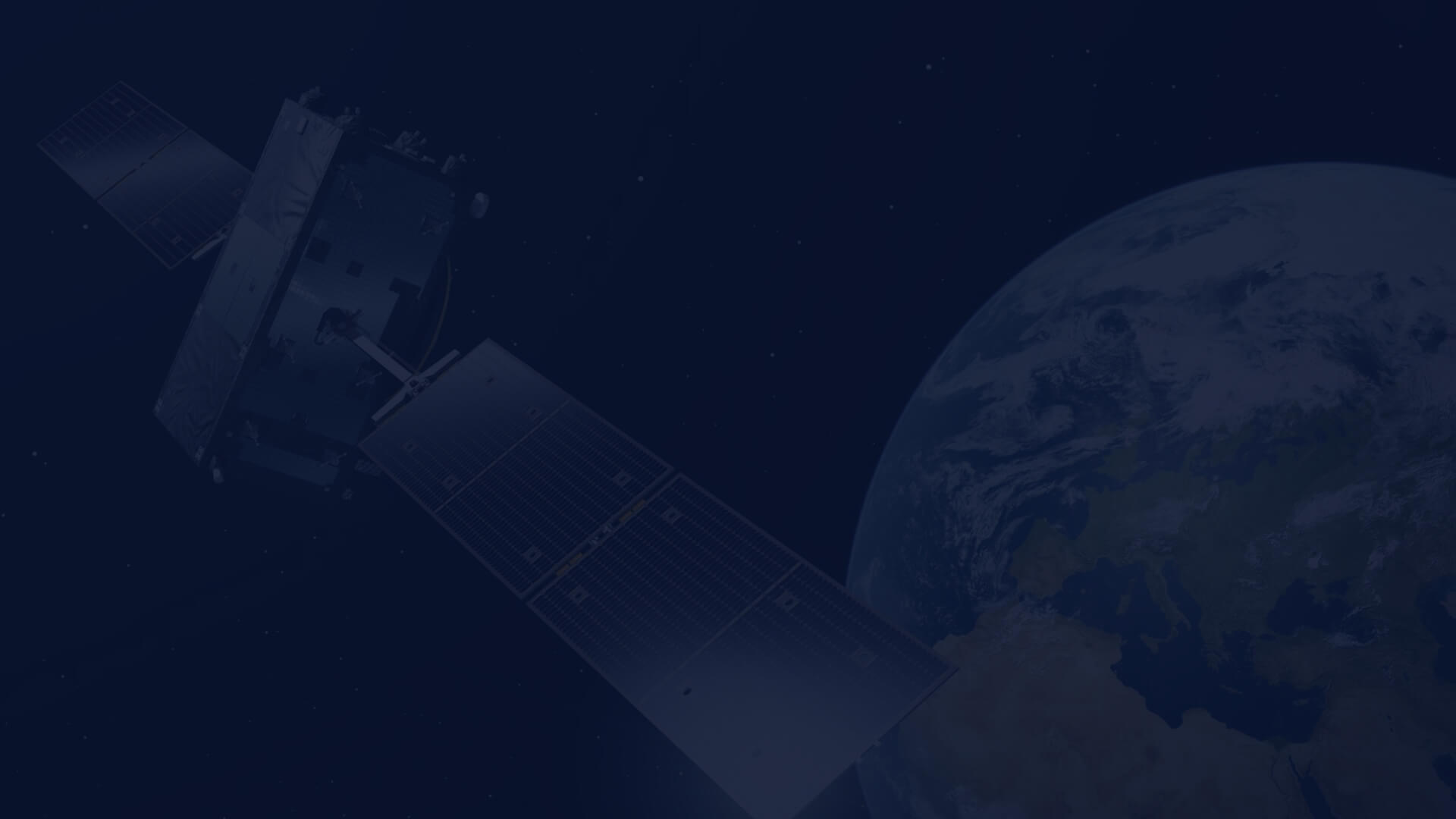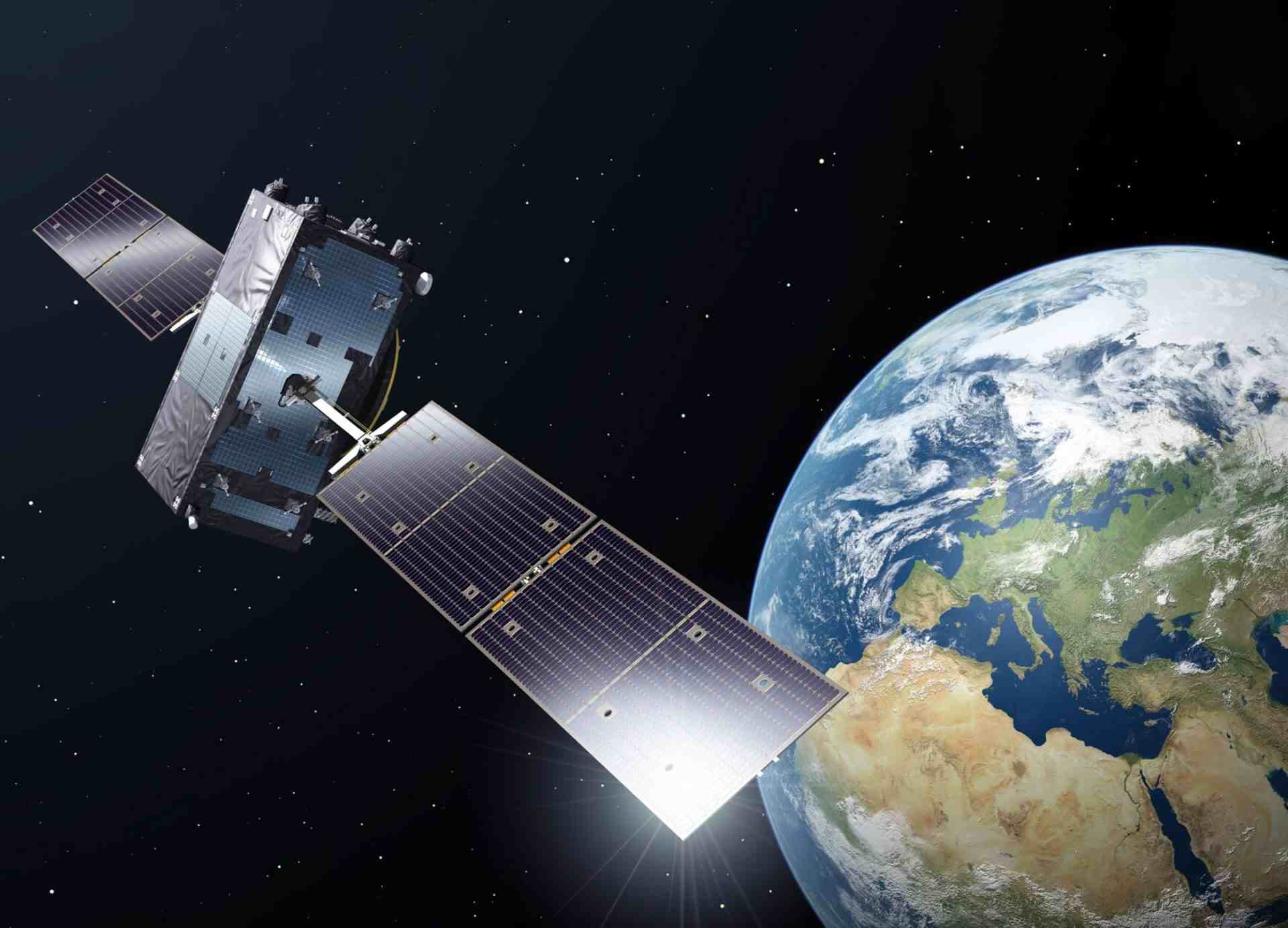CREODIAS is a seamless environment that brings processing to Earth Observation data
CREODIAS provides commercial services for Copernicus Data Space Ecosystem, offered by a Consortium consisting of T-Systems as a leader, CloudFerro, Sinergise, VITO, DLR, ACRI-ST, and RHEA. The platform provides immediate access to the Copernicus Sentinel satellites data and Services, Envisat and ESA/Landsat data and other EODATA. Its design allows Third Party Users to prototype and build their own value-added services and products. A set of pertinent tools guarantees simplicity, scalability and repeatability of any services’ value chain. CREODIAS offers integrated public cloud services for data processing and serverless processing.

Observation date: 2021-04-22 13:32:19
Location: Brazil, South America
CREODIAS - easy access to satellite data
CREODIAS provides:
- Big-data enabled OpenStack cloud services for data processing, provided by CloudFerro and T-Systems
- Large repository (growing over 26TB daily) of Earth Observation data (Copernicus Sentinels, Landsat, Envisat and others) available with instant and local access,
- Access to an array of the Platform as a Service appliances.
- EO based services, including Data access, PGaaS, Sentinel HUB, openEO, Sen4CAP, Remote transfer for EODATA, Jupyter Lab, collection of VHR commercial data and services
The below applications are the cornerstones for users' activities within the CREODIAS environment:
- Portal is the main hub for account management and information handling, with FAQs and news feed available.
- Data Explorer is an advanced search engine designed for selecting products based on sets of specific variables - such as time, place, collection, processing level. It can be accessed with JSON-based API.
- Cloud Dashboard serves as a tool for overview and management of one's processing resources.

Data processing is a fundamental phase in the value chain offered with CREODIAS. Pursuing the most efficient and favorable solutions, platform offers a full set of virtual resources. Virtual Machines with a choice of different operating systems available, easily mounted storage volumes with object storage solutions, virtual network and appliances like firewalls and VPN concentrators. A common authorization and authentication solution can be used to provide a single-sign-on capability to all CREODIAS services.

The Earth Observation data repository covers full data sets of the Sentinel satellite family - the full sets of products from Sentinel-1, 2, 3 and 5P. Additionally, Landsat-5, 7 and 8, SMOS, Envisat and Auxiliary data are available as well. The Copernicus Services are available locally.
For detailed descriptions of covered products, please see EODATA collections.

